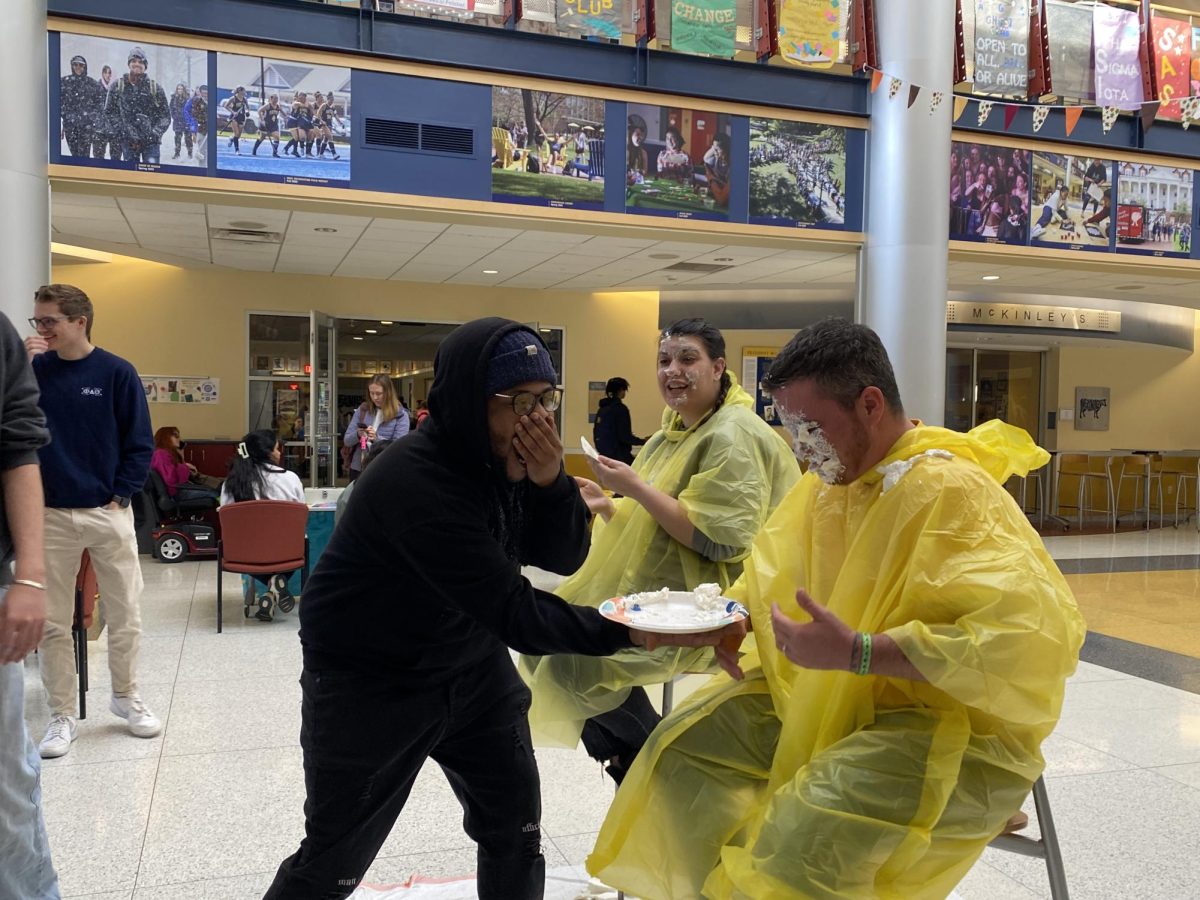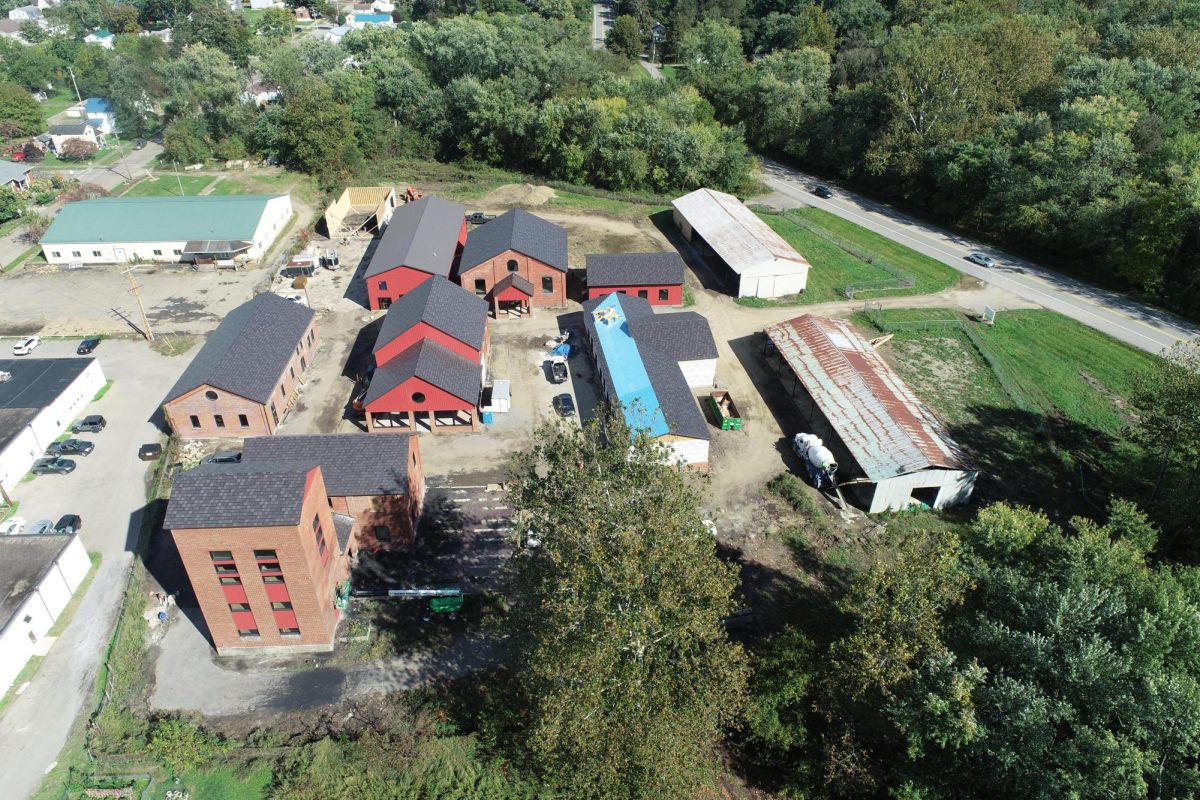 Would you rather be starved in a desert or drowned in an ocean?
Would you rather be starved in a desert or drowned in an ocean?
Would you rather be eaten by a shark or speared by a rhinoceros?
These silly, morbid hypothetical questions don’t get us anywhere, but they entertain us during bus rides or lab class.
Here’s one: would you rather be buried alive, or have to sever off your own arm in order to survive? What a gruesome question. To get a glimpse of these two harsh scenarios, we can turn to a couple of last year’s claustrophobic thrillers: “Buried,” starring Ryan Reynolds, and “127 Hours,” starring James Franco.
Both films run about 90 minutes long, tend to stay in one location, and are one-man shows that highlight each performers’ ability to convey an impressive range of emotion in a very small space.. Therefore it only seems natural to compare them, disregarding the few differences that place them in completely different playing fields. Principally, “127 Hours” is a true story: man goes hiking by himself. Man gets trapped by himself. Man frees himself by cutting off his arm.
Since the audience knows this story going in, we never doubt the drama or peril, and we feel more naturally inclined to be inspired by Franco’s tenacity. It’s easy to deify Aaron Ralston (of “127 Hours”) for his perseverance and strength in the face of pain and hardship.
On the other end of the spectrum is “Buried’s” central character, Paul Conroy, a fictional truck driver working in Iraq for a Halliburtonesque contracting company.
He wakes up (and the movie begins) in a coffin with only a small amount of air and water, along with a cell phone, lighter, and an assortment of other inconsequential items that not even MacGyver could have used to jimmy his way out. Like “127 Hours,” the film takes advantage of how attuned the audience is to the preciousness of these rations.
In this regard, director Danny Boyle trumps newcomer Rodrigo Cortés with graceful panache.
“Buried” amateurishly teases the audience with tricks like unreliable batteries and limited lighter fluid, while “127 Hours” drives you cringing to the edge of your seat, lamenting over the unfortunate hiker for each bead of water he wastes.
In the beginning of the film, Boyle foreshadows Ralston’s dire fate by framing a shot around a just-out-of-reach Swiss army knife—a tool that could have saved Aaron a good deal of heartache (or arm-ache).
Unlike “127 Hours,” Cortés makes a bold artistic choice that teeters on the line between gimmicky and great.
The entire film is shot within Conroy’s tomb. The cinematography does its best to keep the pace lively and engaging, and it works for the majority of the time. However, it fails to be as compelling as Boyle’s film, which utilizes split-screen framing and quick edits, set to exciting music.
Sadly, I found my mind wandering while I watched “Buried,” with its unmoving setting, character, and plot device. I didn’t have the opportunity to see it in theaters, which is certainly the way this film is meant to be seen.
Being locked in darkness for an hour and a half would probably have made it much easier for me to empathize with Conroy.
“127 Hours” is a better movie, pure and simple. It takes full advantage of the possibilities the medium of film offers, and reaps the rewards. “Buried” is trapped under six feet of dirt and a predictable plot device.
Even though I kind of dug the gimmick, I couldn’t stop thinking about it the whole movie. This meant that even though I was stuck right there with Conroy the whole time, I was never really with him.






